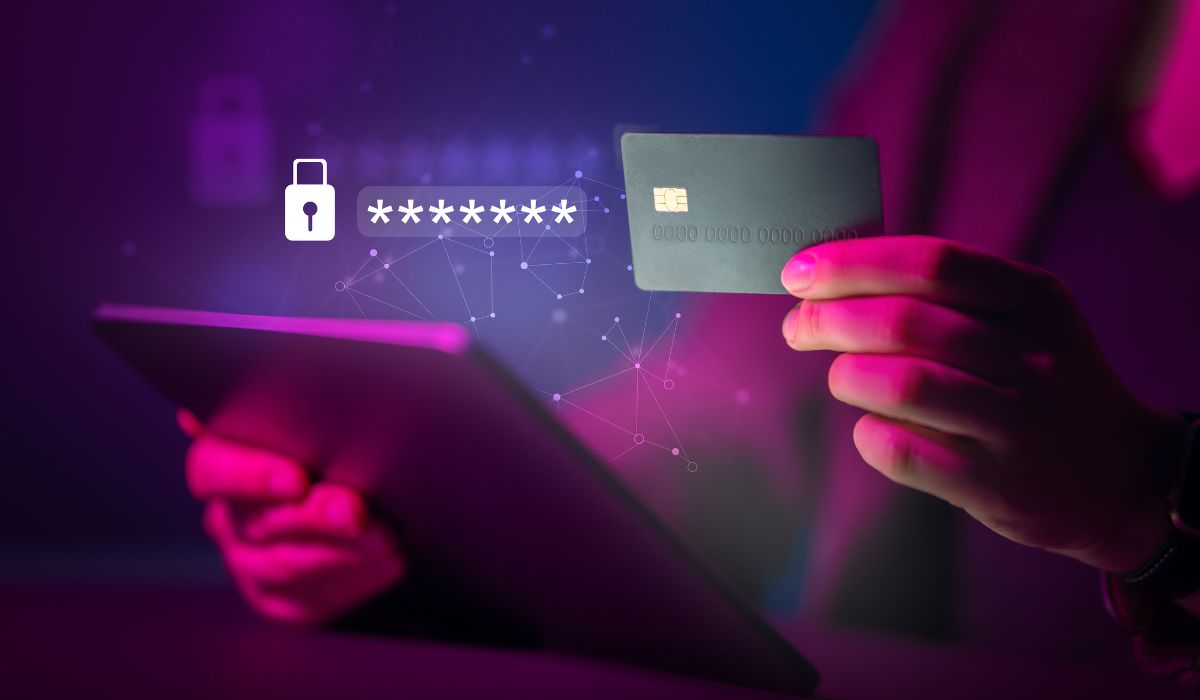Insider threats can pose a serious risk to a company’s sensitive data and overall security. In fact, insider threats are responsible for a significant percentage of data breaches. As such, it is important for companies to take proactive measures to prevent insider threats. One such measure is monitoring employee behaviour.
In this article, we will provide a guide to monitoring employee behaviour to prevent insider threats.
Also read: Significance Of HR Software In This Digital Era
What are Insider Threats?
Insider threats refer to security threats that come from within a company’s own employees. This can include deliberate and unintentional threats.
For example, a disgruntled employee may intentionally leak sensitive data, or an employee may unintentionally download malware onto their company computer. Insider threats can be difficult to detect and prevent, making it important for companies to have measures in place to address them.
Why is Monitoring Employee Behavior Important?
Monitoring employee behavior can help companies detect insider threats before they become a serious problem. By monitoring employee activity on company devices and networks, companies can identify suspicious behaviour that may indicate a security threat.
Monitoring can also help to deter employees from engaging in risky behaviour in the first place, as they know they are being monitored.
Also read: Top Cybersecurity Tips for Remote Workers
What are the Best Practices for Monitoring Employee Behavior?
There are several best practices that companies should follow when monitoring employee behaviour:
1. Establish a Clear Policy
Companies should have a clear policy in place outlining the reasons for monitoring employee behaviour and the specific types of behaviour that will be monitored. This policy should be communicated to all employees so they are aware of the monitoring.
2. Use a Variety of Monitoring Tools
Companies should use a variety of monitoring tools to ensure comprehensive coverage. This can include monitoring employee activity on company devices, tracking employee internet usage, and monitoring email and other communications. Or you can also take professional hacking services to monitor any suspicious activity in your organization.
When you work with these professionals, you don’t have to think about how to hire a hacker; rather, they will do it for you and get you access to all the messages, emails, and social media accounts. This can help you confirm whether an employee is a threat to your organization’s security.
3. Train Employees on Cybersecurity Best Practices
Training employees on cybersecurity best practices can help to prevent unintentional insider threats. This can include teaching employees how to identify and avoid phishing scams, how to create strong passwords, and how to use company devices and networks securely.

What are the Challenges of Monitoring Employee Behavior?
While monitoring employee behaviour can be effective in preventing insider threats, there are also some challenges to consider:
Employee Privacy Concerns
Employees may feel that monitoring their behaviour is an invasion of their privacy. To address this, companies should be transparent about their monitoring practices and ensure that their policies comply with relevant privacy laws.
False Positives
Monitoring tools may sometimes generate false positives, indicating a security threat when there isn’t one. Companies should have protocols in place to investigate and resolve these false positives.
Also read: Challenges in Mobile Payment Security for Businesses
Taking a Quick Recap
Preventing insider threats is essential for companies to protect their sensitive data and overall security. Monitoring employee behaviour can be an effective way to detect and prevent insider threats.
By following best practices and addressing the challenges of monitoring, companies can establish a comprehensive insider threat prevention program.










Leave a Reply